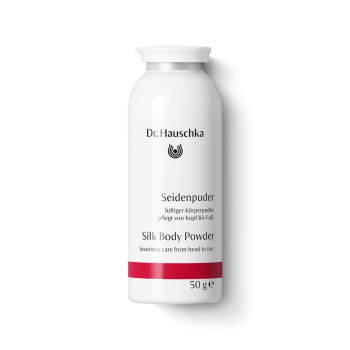
Gentian
Synonyms: Bitterroot, Bitterwort, Gentian Root, Yellow Gentian, Felwort
Scientific Name: Gentiana lutea L.
Family: Gentianaceae
Habitat
Lime soils of the Alpine and sub-alpine pastures of central and southern Europe.
Constituents
Bitter glycosides, particularly gentiopicrin and amarogentin, essential oil.
Description
People usually associate Gentian with small blue flowers nestling between the mountain rocks. However, the species Gentiana lutea used as medicinal herb has golden yellow flowers and, unlike many of its blue relatives, towers above the mountain pastures with a stately height of up to 1.80 meters. The sturdy plant, with its hollow stem bearing large, prominently-veined leaves and its imposing, wheel-shaped inflorescences, used to be regarded as a bothersome weed by the mountain farmers. They were so successful in eradicating it that today Yellow Gentian is a strictly protected plant. The perennial plant only flowers after it has reached an advanced age, usually after 5 to 7 years, sometimes not until after 10 years, and then from July to August. It connects with the earth via a long, thick rootstock which can weigh up to 7 kg.
Interesting Facts
The name Gentian is said to derive from Gentius, King of Illyria (died 167 B.C.), who is reputed to have discovered the medicinal value of Gentian and recommended it for the treatment of plague.
The bitter glycoside amarogentin contained in Yellow Gentian is the most bitter natural substance known. Mountain farmers in the Alpine regions used to place Gentian root in their shoes to combat weak, sweating feet. In veterinary medicine Yellow Gentian is also called appetite powder. The name speaks for itself.
Gentian root also played an important role in mythology. In the Middle Ages it was used for numerous incantations and rituals, often in place of mandrake which was very expensive in those days. In general, Yellow Gentian is considered a symbol of power and strength. In the Tyrol there is a saying: Wia die Enzianwurz is koani so stark. – No-one is as strong as the Gentian root.
The plant from another perspective
The mighty root, associated with the vegetative, liquid-chemical, appears to dominate all parts of the Yellow Gentian, including its flowers: the leaves and flowers are very close to the stem, the leaves are not highly differentiated. The first flowers only appear after 5 to 10 years. The root itself combines extreme bitterness with a high sugar content, the latter a property which is otherwise usually only found in the flowers. The three organs flower, leaf and root are thus in close contact with each other, form a whole. The corresponding principle in human beings is the liver. It, too, is not highly structured and is closely tied to the liquid-chemical processes of the body. It is thus easy to understand that Yellow Gentian acts on the metabolism of the liver and helps relieve digestive disorders.
The plant in our products
Dried and ground Gentian root is contained in:


